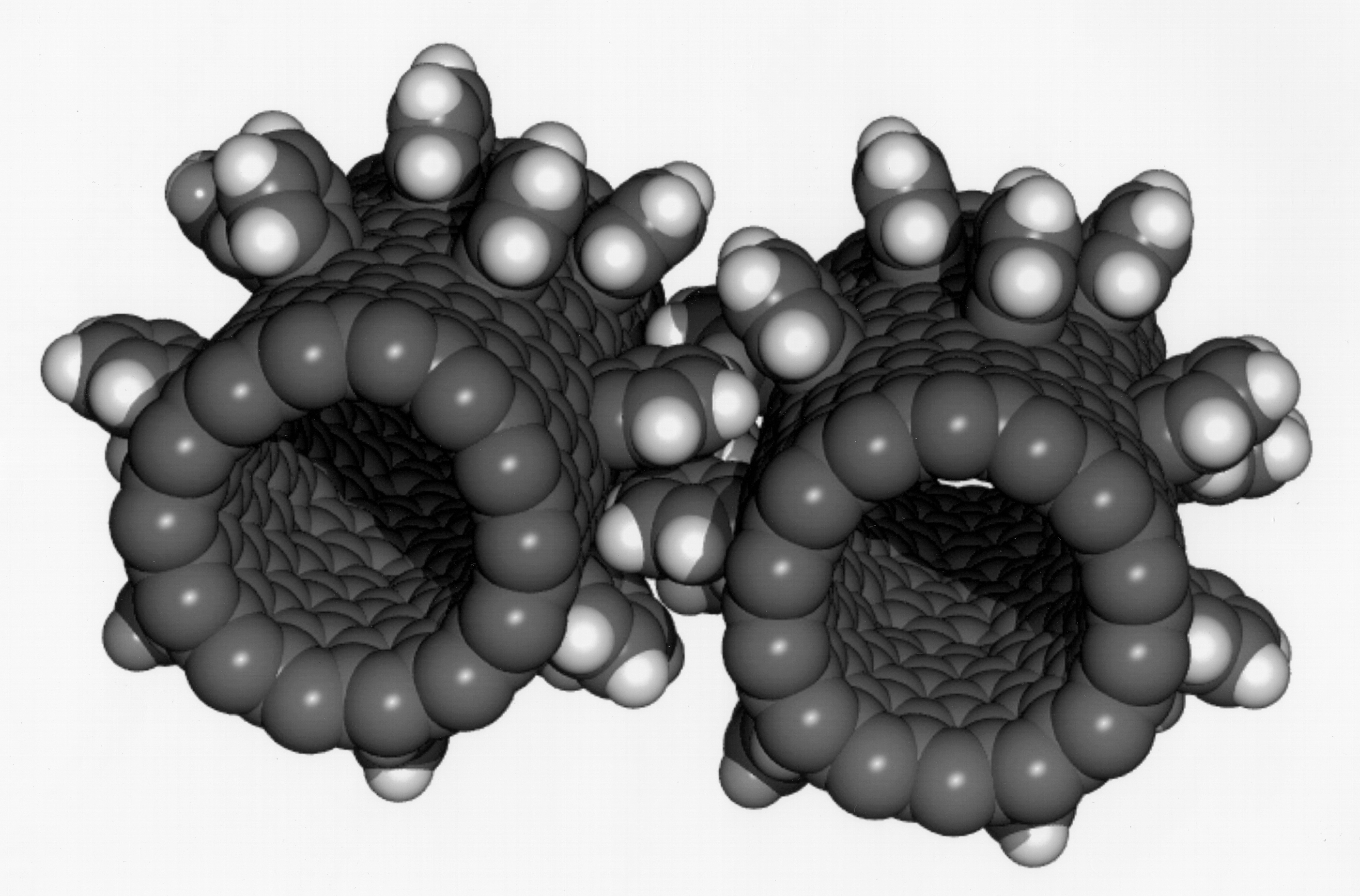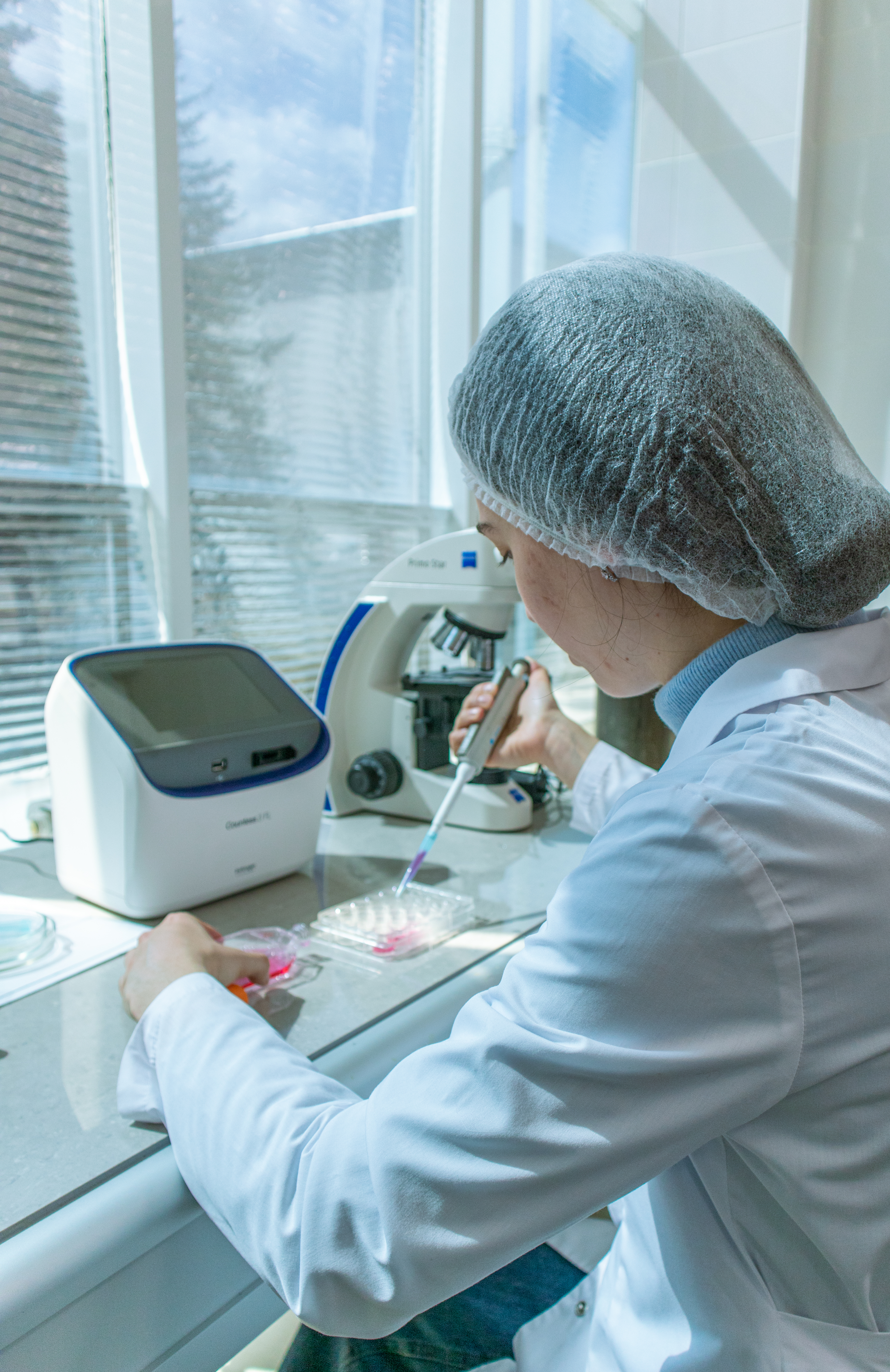|
California Council On Science And Technology
The California Council on Science and Technology (CCST) is an independent, not-for-profit 501(c)(3) organization designed to offer expert advice to the California state government and to recommend solutions to science and technology-related policy issues. CCST is modeled after the National Academies - the official scholarly body serving the United States of America - to provide the State of California with a parallel network of institutional and individual advisors. History CCST was founded during a period of heightened concern about California's future following the loss of several national competitions for important research facilities. It was established via Assembly Concurrent Resolution (ACR 162) in 1988 by a unanimous vote of the California Legislature, charged to "report to niversitypresidents... and respond to the Governor, the Legislature, and other entities on public policy issues related to science and technology." The first CCST meetings took place in 1989. Core ... [...More Info...] [...Related Items...] OR: [Wikipedia] [Google] [Baidu] |
Not-for-profit
A not-for-profit or non-for-profit organization (NFPO) is a Legal Entity, legal entity that does not distribute surplus funds to its members and is formed to fulfill specific objectives. While not-for-profit organizations and Nonprofit organization, non-profit organizations (NPO) are distinct legal entities, the terms are sometimes used interchangeably. An NFPO must be differentiated from a NPO as they are not formed explicitly for the Public good (economics), public good as an NPO must be, and NFPOs are considered "recreational organizations", meaning that they do not operate with the goal of generating revenue as opposed to NPOs. Functions An NFPO does not have the same obligation as an NPO to serve the public good, and as such it may be used to apply for Tax exemption, tax-exempt status as an organization that serves its members and does not have the goal of generating profit. An example of this is a sports club, which exists for the enjoyment of its members and thus wou ... [...More Info...] [...Related Items...] OR: [Wikipedia] [Google] [Baidu] |
Sandia National Laboratories
Sandia National Laboratories (SNL), also known as Sandia, is one of three research and development laboratories of the United States Department of Energy's National Nuclear Security Administration (NNSA). Headquartered in Kirtland Air Force Base in Albuquerque, New Mexico, it has a second principal facility next to Lawrence Livermore National Laboratory in Livermore, California, and a test facility in Waimea, Kauai, Hawaii. Sandia is owned by the U.S. federal government but privately managed and operated by National Technology and Engineering Solutions of Sandia, a wholly owned subsidiary of Honeywell International. Established in 1949, SNL is a "multimission laboratory" with the primary goal of advancing U.S. national security by developing various science-based technologies. Its work spans roughly 70 areas of activity, including nuclear deterrence, arms control, nonproliferation, hazardous waste disposal, and climate change. Sandia hosts a wide variety of research i ... [...More Info...] [...Related Items...] OR: [Wikipedia] [Google] [Baidu] |
Susan Hackwood
Susan Hackwood is the executive director of the California Council on Science and Technology (CCST). She is a professor and researcher of electrical engineering credited for inventing the concept of electrowetting with Gerardo Beni in 1981. Hackwood is married to Gerardo Beni. They have two children, Catherine and Juliet. Notably, both children received Ph.Ds before their 21st birthday. Education In 1976, Hackwood was admitted to the degree of Bachelor of Science with Honours in Combined Science at DeMontfort University in Leicester, UK after three years of studies (the norm for undergraduates in the UK). She received her PhD in 'Solid State Ionics' from DeMontfort in 1979, having also worked at UC Berkeley and Chalmers Institute of Technology in Gothenburg, Sweden. Career Hackwood is currently a professor of electrical engineering at UC Riverside, and former Dean of the UC Riverside College of Engineering. She has been the executive director of CCST since 1995. Pri ... [...More Info...] [...Related Items...] OR: [Wikipedia] [Google] [Baidu] |
Southern Methodist University
Southern Methodist University (SMU) is a Private university, private research university in Dallas, Texas, United States, with a satellite campus in Taos County, New Mexico. SMU was founded on April 17, 1911, by the Methodist Episcopal Church, South—now part of the United Methodist Church—in partnership with Dallas civic leaders. It is currently non-sectarian in its teaching and enrolls students of all religious affiliations. It is Carnegie Classification of Institutions of Higher Education, classified among "R1: Doctoral Universities – Very high research activity". As of fall 2022, the university had over 12,000 students, including approximately 7,000 undergraduates and 5,000 postgraduates. As of fall 2019, its instructional faculty is 1,151, with 754 being full-time. In the 2020 academic year, the university granted over 3,827 degrees, including 315 doctorates, 1,659 master's and 1,853 bachelor's degrees and offers over 32 doctoral and over 120 masters programs from ei ... [...More Info...] [...Related Items...] OR: [Wikipedia] [Google] [Baidu] |
Donald Shields
Donald is a Scottish masculine given name. It is derived from the Gaelic name ''Dòmhnall''.. This comes from the Proto-Celtic *''Dumno-ualos'' ("world-ruler" or "world-wielder"). The final -''d'' in ''Donald'' is partly derived from a misinterpretation of the Gaelic pronunciation by English speakers. A short form of Donald is Don, and pet forms of Donald include Donnie and Donny. The feminine given name Donella is derived from Donald. ''Donald'' has cognates in other Celtic languages: Modern Irish ''Dónal'' (anglicised as ''Donal'' and ''Donall'');. Scottish Gaelic ''Dòmhnall'', ''Domhnull'' and ''Dòmhnull''; Welsh '' Dyfnwal'' and Cumbric ''Dumnagual''. Although the feminine given name '' Donna'' is sometimes used as a feminine form of ''Donald'', the names are not etymologically related. Variations Kings and noblemen Domnall or Domhnall is the name of many ancient and medieval Gaelic kings and noblemen: * Dyfnwal Moelmud (Dunvallo Molmutius), legendary king ... [...More Info...] [...Related Items...] OR: [Wikipedia] [Google] [Baidu] |
National Academies
A national academy is an organizational body, usually operating with state financial support and approval, that co-ordinates scholarly research activities and standards for academic disciplines, and serves as a public policy advisors, research institutes, think tanks, and public administration consultants for governments or on issues of public importance, most frequently in the sciences but also in the humanities. Typically the country's learned societies in individual disciplines will liaise with or be coordinated by the national academy. National academies play an important organisational role in academic exchanges and collaborations between countries. The extent of official recognition of national academies varies between countries. In some cases they are explicitly or de facto an arm of government; in others, as in the United Kingdom, they are voluntary, non-profit bodies with which the government has agreed to negotiate, and which may receive government financial support while ... [...More Info...] [...Related Items...] OR: [Wikipedia] [Google] [Baidu] |
Nanotechnology
Nanotechnology is the manipulation of matter with at least one dimension sized from 1 to 100 nanometers (nm). At this scale, commonly known as the nanoscale, surface area and quantum mechanical effects become important in describing properties of matter. This definition of nanotechnology includes all types of research and technologies that deal with these special properties. It is common to see the plural form "nanotechnologies" as well as "nanoscale technologies" to refer to research and applications whose common trait is scale. An earlier understanding of nanotechnology referred to the particular technological goal of precisely manipulating atoms and molecules for fabricating macroscale products, now referred to as molecular nanotechnology. Nanotechnology defined by scale includes fields of science such as surface science, organic chemistry, molecular biology, semiconductor physics, energy storage, engineering, microfabrication, and molecular engineering. The associated rese ... [...More Info...] [...Related Items...] OR: [Wikipedia] [Google] [Baidu] |
Biotechnology
Biotechnology is a multidisciplinary field that involves the integration of natural sciences and Engineering Science, engineering sciences in order to achieve the application of organisms and parts thereof for products and services. Specialists in the field are known as biotechnologists. The term ''biotechnology'' was first used by Károly Ereky in 1919 to refer to the production of products from raw materials with the aid of living organisms. The core principle of biotechnology involves harnessing biological systems and organisms, such as bacteria, yeast, and plants, to perform specific tasks or produce valuable substances. Biotechnology had a significant impact on many areas of society, from medicine to agriculture to environmental science. One of the key techniques used in biotechnology is genetic engineering, which allows scientists to modify the genetic makeup of organisms to achieve desired outcomes. This can involve inserting genes from one organism into another, and con ... [...More Info...] [...Related Items...] OR: [Wikipedia] [Google] [Baidu] |
Intellectual Property
Intellectual property (IP) is a category of property that includes intangible creations of the human intellect. There are many types of intellectual property, and some countries recognize more than others. The best-known types are patents, copyrights, trademarks, and trade secrets. The modern concept of intellectual property developed in England in the 17th and 18th centuries. The term "intellectual property" began to be used in the 19th century, though it was not until the late 20th century that intellectual property became commonplace in most of the world's List of national legal systems, legal systems."property as a common descriptor of the field probably traces to the foundation of the World Intellectual Property Organization (WIPO) by the United Nations." in Mark A. Lemley''Property, Intellectual Property, and Free Riding'', Texas Law Review, 2005, Vol. 83:1031, page 1033, footnote 4. Supporters of intellectual property laws often describe their main purpose as encouragin ... [...More Info...] [...Related Items...] OR: [Wikipedia] [Google] [Baidu] |
Science Education
Science education is the teaching and learning of science to school children, college students, or adults within the general public. The field of science education includes work in science content, science process (the scientific method), some social science, and some teaching pedagogy. The standards for science education provide expectations for the development of understanding for students through the entire course of their K–12 (education), K-12 education and beyond. The traditional subjects included in the standards are Physical science, physical, Life science, life, Earth science, earth, space science, space, and human sciences. Historical background The first person credited with being employed as a science teacher in a British public school (privately funded), public school was William Sharp (homeopath), William Sharp, who left the job at Rugby School in 1850 after establishing science to the curriculum. Sharp is said to have established a model for science to be taug ... [...More Info...] [...Related Items...] OR: [Wikipedia] [Google] [Baidu] |
Energy Research
Energy development is the field of activities focused on obtaining sources of energy from Natural resource, natural resources. These activities include the production of Renewable energy, renewable, nuclear power, nuclear, and fossil fuel derived sources of energy, and for the Waste heat, recovery and reuse of energy that would otherwise be wasted. Energy conservation and Efficient energy use, efficiency measures reduce the demand for energy development, and can have benefits to society with improvements to environmental issues. Societies use energy for transportation, manufacturing, Lighting, illumination, heating and air conditioning, and communication, for industrial, commercial, agricultural and domestic purposes. Energy resources may be classified as primary resources, where the resource can be used in substantially its original form, or as secondary resources, where the energy source must be converted into a more conveniently usable form. Non-renewable resources are signif ... [...More Info...] [...Related Items...] OR: [Wikipedia] [Google] [Baidu] |




